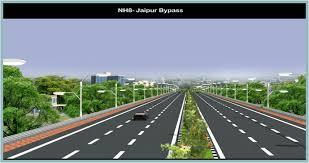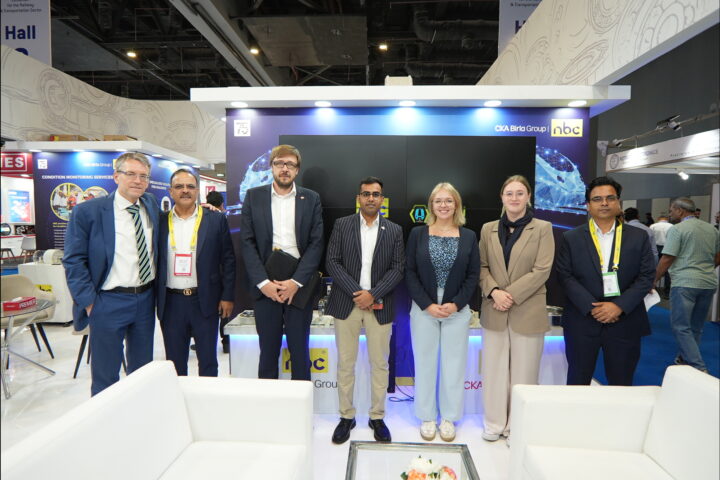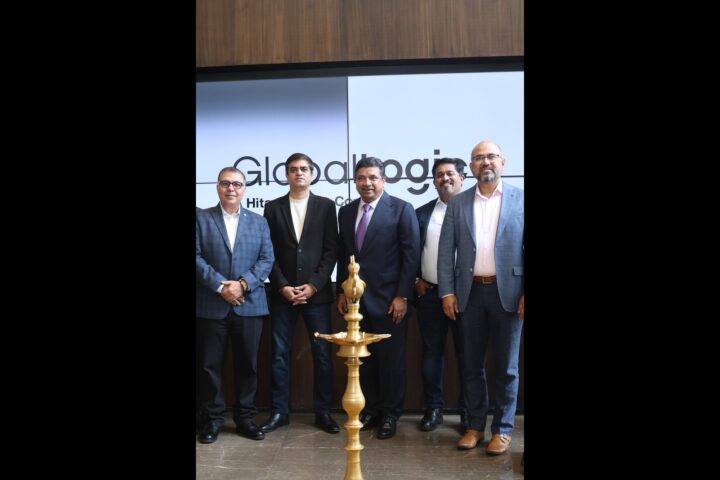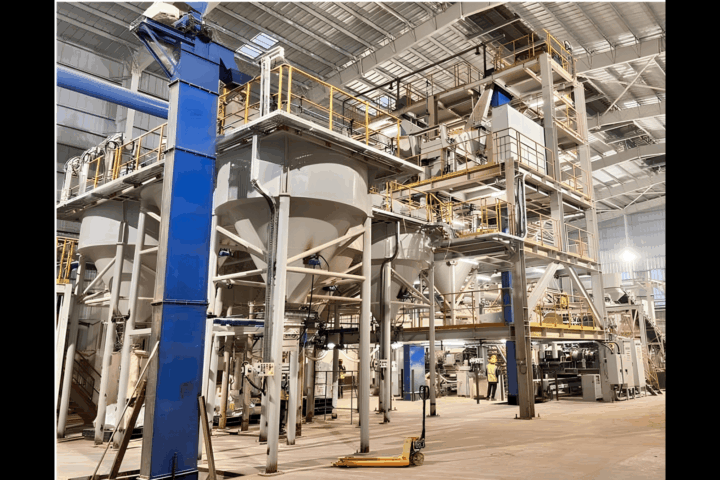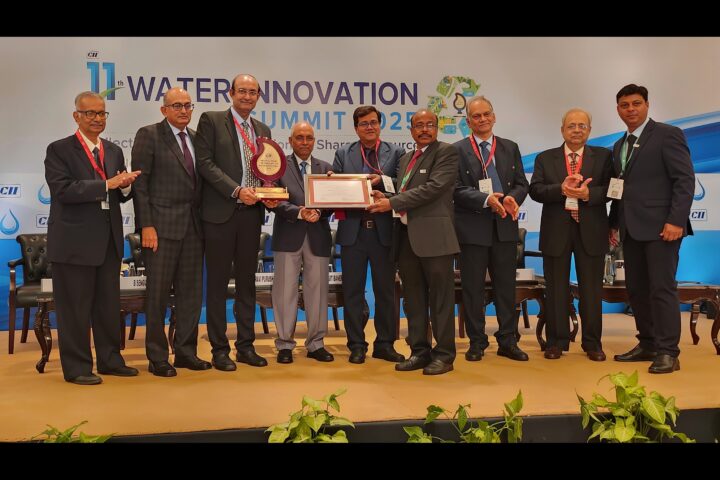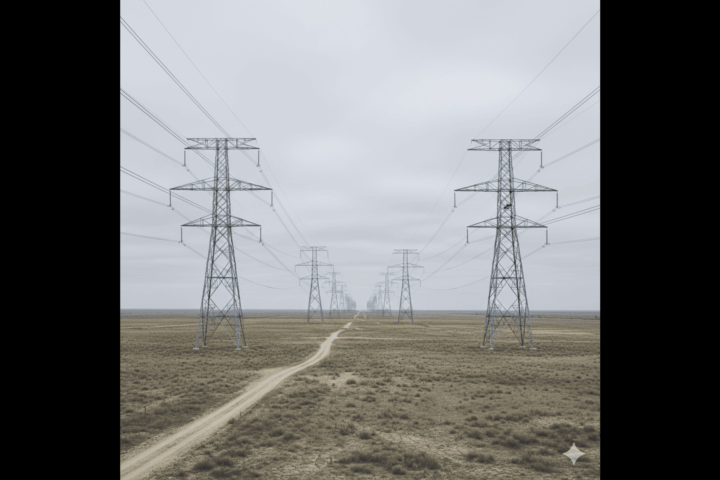The weak interest signals a long haul for the country as it aims to lay 100km of roads a day against the current 18km
The absence of big road developers and lukewarm participation from the rest does not bode well for a new model of road building, if interest in a recent highway project auction is any indication.
The National Highways Authority of India (NHAI) in March invited bids for five projects under the so-called hybrid annuity model that aims to reduce risks borne by developers. But each of the projects saw bids from only 4-5 builders such as Sadbhav Infrastructure Projects Ltd, MBL Infrastructures Ltd, Oriental Structural Engineers Pvt. Ltd and Ashoka Buildcon Ltd.
The weak interest signals a long haul for the country as it aims to lay 100 km of roads a day against the current 18km. While big developers like Larsen and Toubro Ltd, Hindustan Construction Co. Ltd and GMR Infrastructure Ltd are trying to pay off their debts, banks remain wary of large greenfield projects.
Road projects in India have always been awarded in one of the three formats—build-operate-transfer (BOT) annuity, BOT-toll, and engineering, procurement and construction (EPC). In BOT annuity, a developer builds a highway, operates it for a specified duration and transfers it to the government, which pays the developer annuity over the concession period. Under BOT-toll, a concessionaire generates revenue from the toll levied on vehicles using a road. In EPC, the developer builds with government money.
Bigger companies are preferring to take up government-funded EPC projects instead of BOT, which require heavy capital. The government approved the fourth model—hybrid annuity—where it commits up to 40% of the project cost over a period and hands the project to the developer to start road work, clearing the way for stranded road projects and reviving investments.
But large developers continue to stay away due to their highly-leveraged balance sheets and unwillingness on the part of banks to invest in large infrastructure projects, said HCC Group chief financial officer Praveen Sood.
Competition has been low as most companies are still waiting for clarity on the model, which does not promise high upside in terms of traffic growth, said Equirus Securities Pvt. Ltd analyst Devam Modi.
Under the model, revenue collection will be NHAI’s responsibility, while developers will be paid in annual instalments over a period of time, which means not just low risk, but also low returns from the project. The government is also offering 80% of prior land acquisition and forest clearance in these awards.
“Our channel checks suggest financial bids for five hybrid annuity projects were done by NHAI in the last week. Additionally, 18 more are expected to be bid out in the next two to three weeks,” Modi said.
“Today, there is a clear disconnect between what the government wants to spend on infrastructure and how much banks are willing to fund projects,” said Anubhav Gupta, analyst at Maybank Kim Eng Securities.
Non-performing loans in roads in the first three quarters of 2015-16 have accounted for 8-11% of all loans to the sector by the State Bank of India (SBI).
HCC’s Sood said the new model might not work given that it is similar to the earlier public-private partnership model, except for the difference that the private company will now bear 60% of the total cost instead of 100% earlier. “Given the situation with most of the infrastructure sector companies at this point in time, who has the capital to employ?” he asked.
However, some developers say the hybrid annuity model is the safest for bankers to finance. “The model eliminates the biggest risks related to traffic or execution. Companies with weak balance sheets are not comfortable in investing equity and that has kept the competition low,” said Vasistha Patel, managing director at Sadbhav Infrastructure, which has bid for six projects under the new model.
Infrastructure company MEP Infrastructure Developers Ltd on 6 April said it has received letter of awards (LOAs) for Rs.1762.98 crore under the new hybrid annuity model from NHAI and ministry of road transport and highways. The model will help reduce financial burden during the development and execution stage and aid in reviving the highway projects, MEP said.
Dilip Buildcon will bid selectively for projects under the model, said Rohan Suryavanshi, head, strategy and planning of the company.
The Narendra Modi-led government has made infrastructure development top priority as India plans to invest Rs.97,000 crore on construction of roads and highways in 2016-17.
The key to reviving investment cycle in the sector would be the cleaning-up of stressed assets. The NHAI has terminated 40 projects spanning 7,000km and entailing investments of Rs.70,000 crore in the past two years, Maybank’s Gupta said.
India has the world’s second largest network of roads after the US, spanning about 4.87 million km. The ministry of road transport and highways along with NHAI and state highway authorities plans to award 10,000km of road projects every year for the next few years. Analysts expect these awards to be skewed towards EPC and hybrid annuity models, aimed at reviving the private sector investment cycle.
The NHAI has awarded projects amounting to Rs.42,800 crore spanning 3,421km in fiscal 2015-16, Emkay Global Financial Services Ltd analysts Nitin Arora and Kushan Parikh wrote in a 14 March report. Of these, EPC accounts for contracts worth Rs.29,300 crore, spanning 2,526km, BOT Rs.10,800 crore for 803km and hybrid annuity Rs.2,800 crore for 92km.
India’s infrastructure firms struggled with project delays and rising debt. Aggressive bidding and furious expansion in the past years, land acquisition delays, and missed estimates of toll revenue and traffic growth have hurt returns to investors.
Source: Livemint


